SC wants answers to seven questions before decision on legal action against Imran
The Supreme Court (SC) said on Wednesday that assurances given to the top court by the Pakistan Tehreek-e-Insaf (PTI) leadership “may have been dishonoured by the workers/supporters/sympathizers of the party by proceeding to the D-Chowk” during May 25 long march.
The top court announced its verdict on a petition filed by the Islamabad High Court Bar Association regarding the enforcement of fundamental rights of the people given in the Constitution in reference to the PTI’s march.
“It is apparent that the assurances conveyed to the Court by … the top leadership of the PTI may have been dishonoured by theworkers/supporters/sympathizers of the party by proceeding to the D-Chowk in the Red Zone area and by allegedly committing acts of arson and destruction of public and private properties on the way,” Chief Justice Umar Ata Bandial.
“This balance was recorded in good faith by the Court whilst trusting the representations made on behalf of the two opposing parties before it. We are disappointed to note that the bona fide effort made by the Court was disrespected,” the apex court said.
In the 12-page verdict, the apex court raised important questions and asked the Islamabad Inspector General (IG) of Police, Director General of Intelligence Bureau (IB), and Inter-Services Intelligence (ISI) to offer clarification on the following questions within a week:
- At what time did Khan make the announcement for party workers to reach D-Chowk?
- When, where and how did the crowd cross the barricade to enter a hitherto closed area?
- Was the crowd entering the Red Zone organized or supervised or did it move randomly?
- Were there any acts of provocation or breach of assurance by the Government?
- Was any action or treatment meted out by the ICT police against the protesters disproportionate to the actual or perceived wrong committed by the protesters?
- How many protesters managed to enter the Red Zone? Which security arrangements, if any, were relaxed by the Executive authorities? Whether any security barrier cordons were broken or breached by protestors? Did any protestor/party worker reach the G- 9/ H-9 ground?
- How many civilians were injured/killed/ hospitalized/arrested?
However, the chief justice noted that PTI Chairman Imran Khan’s announcement to postpone the sit-in for six days averted “further damage to property or injury to human life.”
In the verdict, Justice Yahya Afridi, who was also part of the five-member bench leading the inquiry in the case, wrote that Imran Khan, in one of his statements, asked his workers to reach the D-Chowk.
He said that there was enough evidence to start contempt of court proceedings against PTI’s chairman as he had dishonoured the commitment made with the top court.
Earlier, Imran Khan said that he was waiting for the SC verdict regarding the PTI’s petition on being able to hold a demonstration in Islamabad, before announcing the date of the party’s next march.
Meanwhile, in a press conference on Tuesday, Interior Minister Rana Sanaullah voiced hope that a case would be registered against PTI’s long march as “it was a criminal act that is punishable by Pakistan’s penal code.”
He highlighted that a subcommittee of the Cabinet has been formed to investigate the long march and it would brief the Cabinet for further proceedings if PTI was found to be the malefactor.
For the latest news, follow us on Twitter @Aaj_Urdu. We are also on Facebook, Instagram and YouTube.



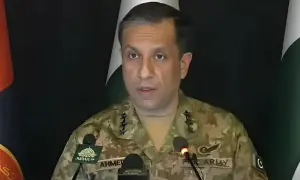

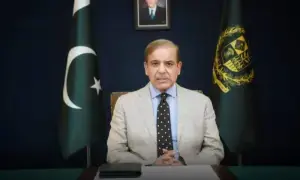

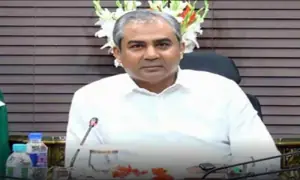



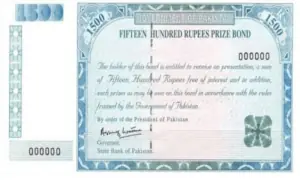


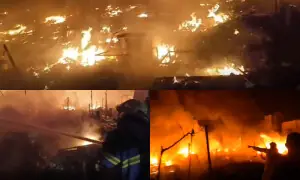

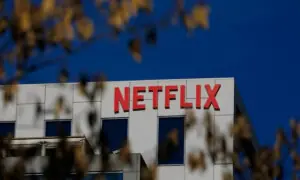
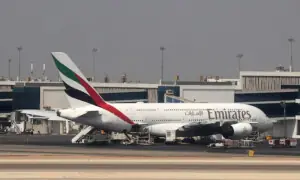
Comments are closed on this story.